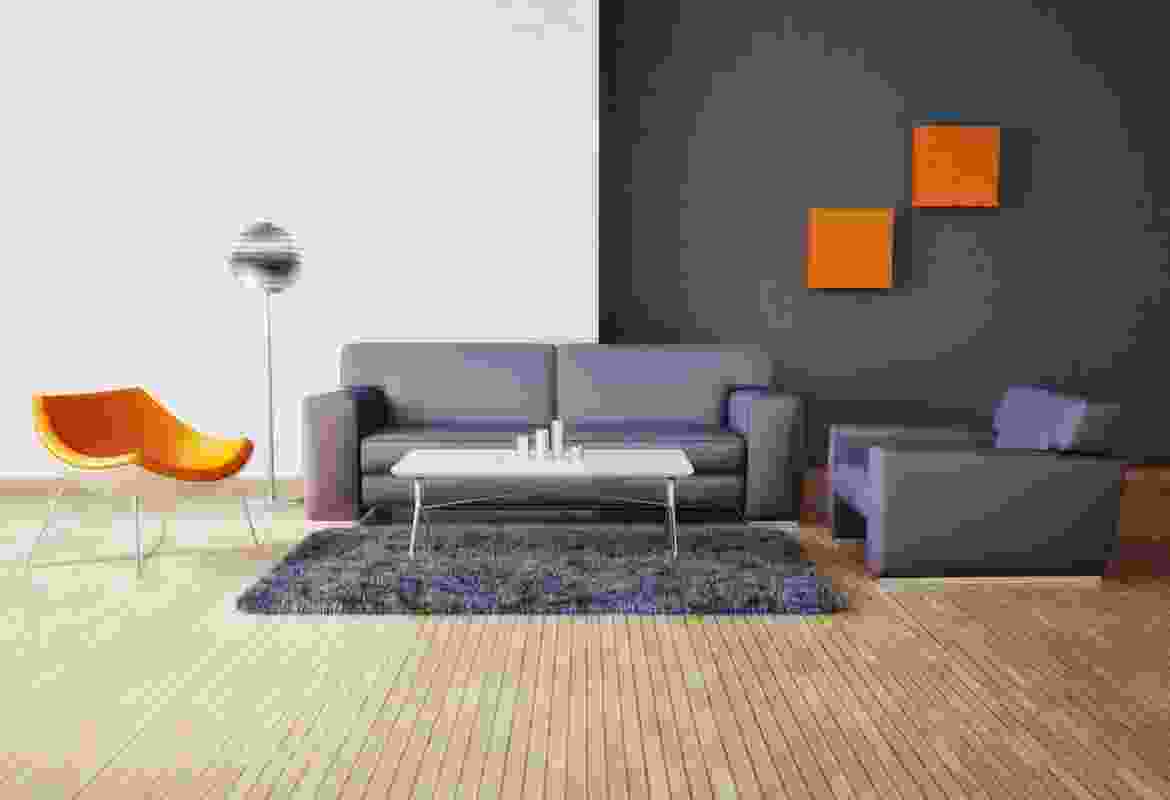Quality Finish
As a professional painter, achieving the best finish requires attention to detail, proper preparation, and the right tools and techniques. Here are some key considerations:
Features
- Surface Preparation: This is crucial for a flawless finish. Clean the surface thoroughly to remove dirt, grease, and any loose paint. Repair any cracks or holes and sand the surface to create a smooth base for painting.
- Priming: Applying a primer ensures better adhesion of the paint and helps achieve a more uniform finish. Choose a primer that suits the surface you’re painting, whether it’s wood, metal, or drywall.
- Technique: Use proper painting techniques such as cutting in (painting along edges with a brush before using a roller), maintaining a wet edge (avoiding drying edges while painting), and applying paint evenly with consistent pressure.
- Proper Application: Apply paint in thin, even coats to avoid drips and streaks. Don’t overload the brush or roller with paint, and work systematically to ensure uniform coverage.
- Drying Time: Allow sufficient drying time between coats as per the manufacturer’s instructions. Rushing this step can lead to a subpar finish and may require additional touch-ups.
- Final Inspection: After the paint has dried completely, inspect the surface for any imperfections or areas that may need touch-ups. Address these issues promptly to achieve a flawless finish.





